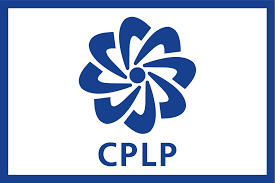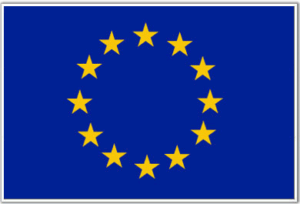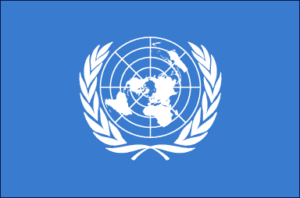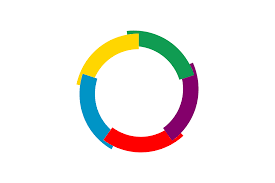The Community of Portuguese Language Countries (CPLP) is an intergovernmental organization consisting of countries where Portuguese is an official language. The CPLP has its own flag, which represents the unity, cultural heritage, and cooperation among its member countries.
Flag of the CPLP Facts
| Fact | Description |
|---|---|
| Design | A rectangular flag with a blue background |
| Emblem | The CPLP emblem in the center, featuring a white globe surrounded by olive branches and the organization’s acronym |
| Globe | Represents the interconnectedness and global reach of the CPLP member countries |
| Olive Branches | Symbolize peace, friendship, and the shared cultural heritage among the member nations |
| Flag Dimensions | The official CPLP flag has a ratio of 2:3, where the length is 1.5 times the height |
| First Use | The CPLP flag was officially adopted on July 17, 1996, during the first CPLP Summit in Lisbon, Portugal |
| Flag Protocol | The CPLP flag is displayed during official CPLP events, conferences, and meetings |
Design and Symbolism
The CPLP flag is rectangular with a blue background, representing stability, peace, and the maritime heritage shared among the member countries. Blue also signifies the vastness of the Portuguese-speaking world and the unity within the CPLP community.
The emblem at the center of the flag features a white globe, symbolizing the global reach and interconnectedness of the CPLP member countries. The globe represents the collective aspirations, interests, and challenges shared by the Portuguese-speaking nations. It serves as a reminder of the common heritage, language, and cultural ties that unite the CPLP community.
Surrounding the globe are olive branches, symbolizing peace, friendship, and cultural harmony among the member nations. The olive branches represent the commitment to resolving conflicts through peaceful means and fostering collaboration in areas such as education, culture, science, and trade.
The acronym “CPLP” is prominently displayed within the emblem, representing the organization itself and its commitment to promoting Portuguese language and culture on a global scale.
Significance
The CPLP flag holds significant symbolism and represents the unity, cultural diversity, and cooperation among the member countries. It serves as a visual reminder of the shared values, history, and aspirations of the Portuguese-speaking nations.
The blue background of the flag reflects the stability, peace, and maritime heritage that bind the CPLP community together. It signifies the importance of dialogue, understanding, and cooperation among the member countries.
The emblem, with its white globe and olive branches, represents the interconnectedness, peace, and cultural harmony among the CPLP nations. It symbolizes the shared commitment to promoting the Portuguese language, culture, and cooperation in various fields.







